Siwa, The Hidden Gem of Egypt's Western Desert
It’s amazing how a single photo can travel you back to a place you visited years ago. Today, I find myself reminiscing about my time in Siwa, Egypt which I visited back in July 2018.
Siwa is an ancient city located in Egypt’s western desert near the border with Libya, known for its natural beauty and unique Berber culture. The city is situated on an oasis, surrounded by palm groves, freshwater springs, and a salt lake that glimmers in the desert sun. Siwa is also home to several ancient temples, including the Temple of the Oracle of Amun, which dates back to the 6th century BCE and was a site of pilgrimage for ancient Egyptians seeking divine guidance.
I was fortunate enough to explore Siwa, Egypt as part of a 6-week volunteering program organized by AIESEC. This opportunity not only allowed me to give back to the community but also gave me the chance to immerse myself in the unique culture and natural beauty of this hidden gem in the heart of the Sahara desert.
We started the journey from Cairo on July 28, 2018, and first we went to Alexandria. From Alexandria, we went to Marsa Matruh and took the Marsa Matruh - Siwa road, which took around 12 hours to reach Siwa. We checked in to a nice, cozy garden hotel in the center of Siwa, which I don’t remember the name exactly. After relaxing for a few hours, we explored Siwa City, which is basically a classical Middle Eastern bazaar with some hotels and restaurants that are targeted at tourists.
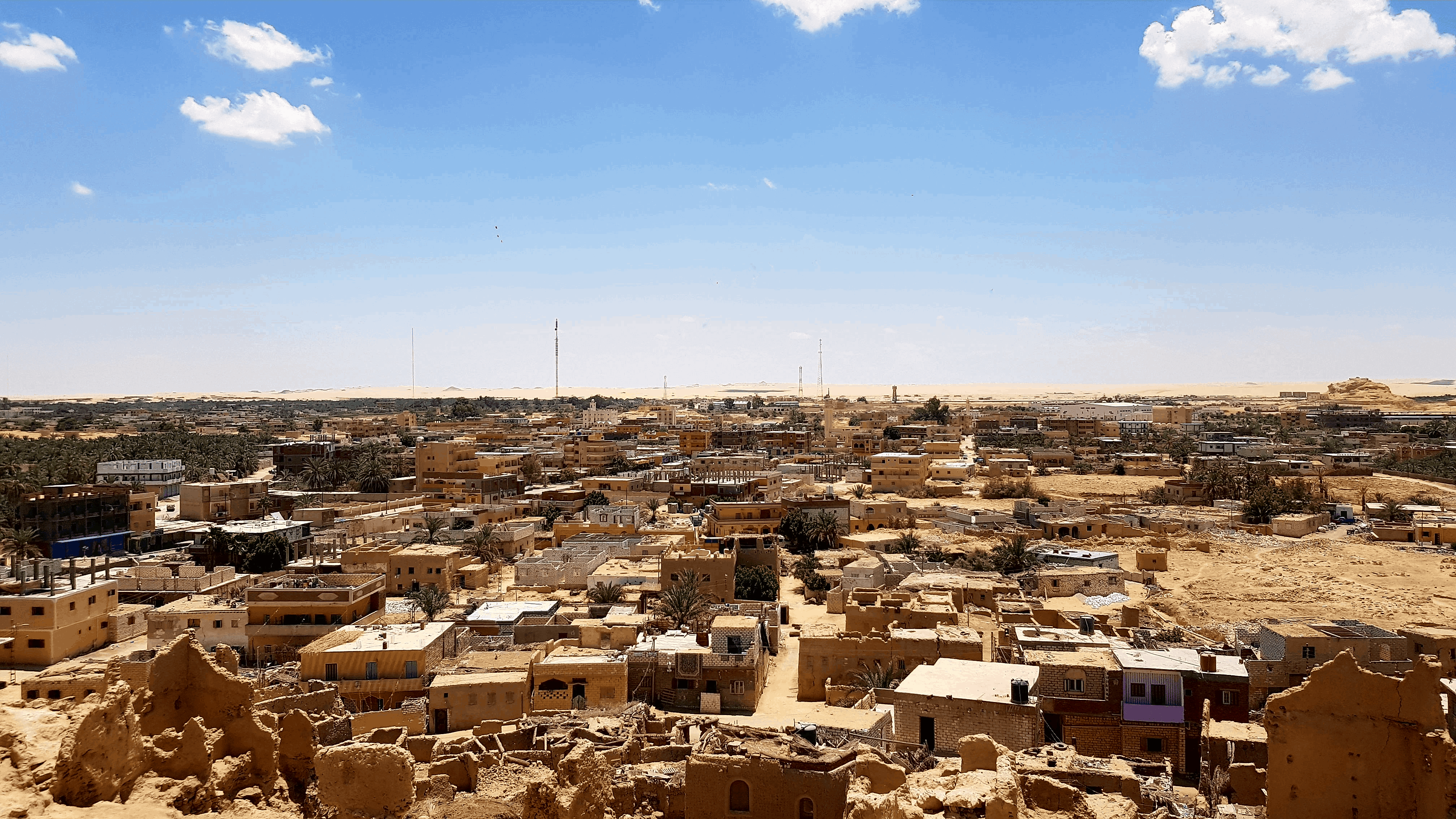 Siwa City Center
Siwa City Center
The Temple of the Oracle of Amun is a must-visit destination for anyone interested in ancient Egyptian history and mythology. It was constructed during the reign of the pharaoh Nectanebo II in the fourth century BCE and was dedicated to the god Amun, who was worshipped throughout ancient Egypt as the king of the gods. The temple complex includes a main temple, several smaller temples, and a series of underground chambers that were used for religious ceremonies and burials.
After the temple and a quick tour around the city center, we headed to a natural water spring named Cleopatra’s Spring / Bath. It is said to be the spot where the legendary queen Cleopatra once bathed, and it has been a popular destination for tourists for many years. Pretty cool right ?
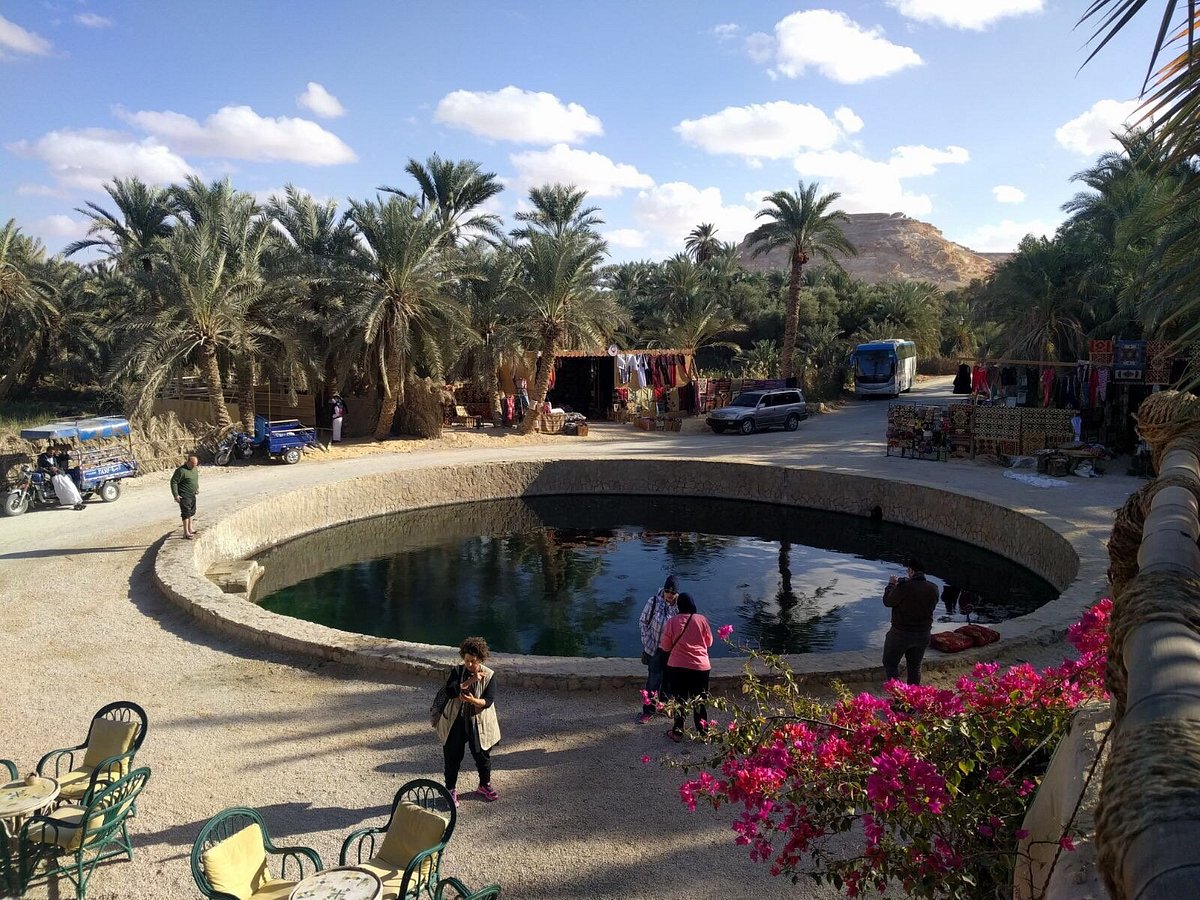 Cleopatra's Spring
Cleopatra's Spring
After spending few hours at Cleopatra’s Spring, we headed back to the hotel and then started getting ready for the most amazing part of the day; sleeping under the stars in the desert !!!
We packed our bags with snacks, beer and water and headed for the desert camp. On the way we stopped at this lake hidden in the desert named Siwa Cold Lake. As the name implies the water in the lake was sooo freaking cold !!!
After spending around 1 hour at the Cold lake, we headed back for the final destination of the day; the desert camp that we are going to spend the night. There was no proper road to the desert camp and so we had to go through a bumpy V8 ride in the desert with some crazyyy stunts by our driver Ali.
 Bumpy V8 ride through sand dunes
Bumpy V8 ride through sand dunes
Some photos I captured on the way to the desert camp are listed below.
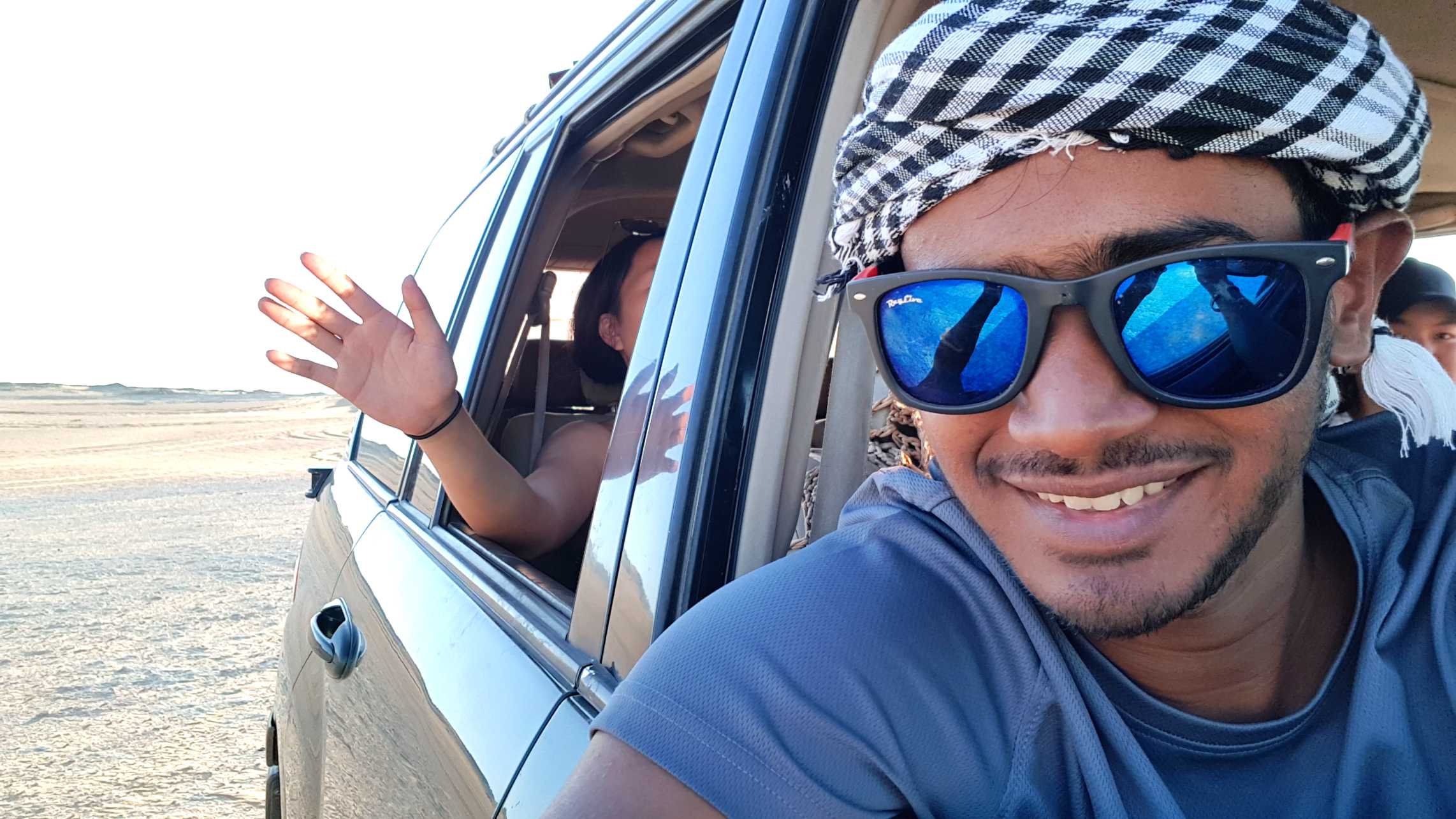 Taking a selfie
Taking a selfie
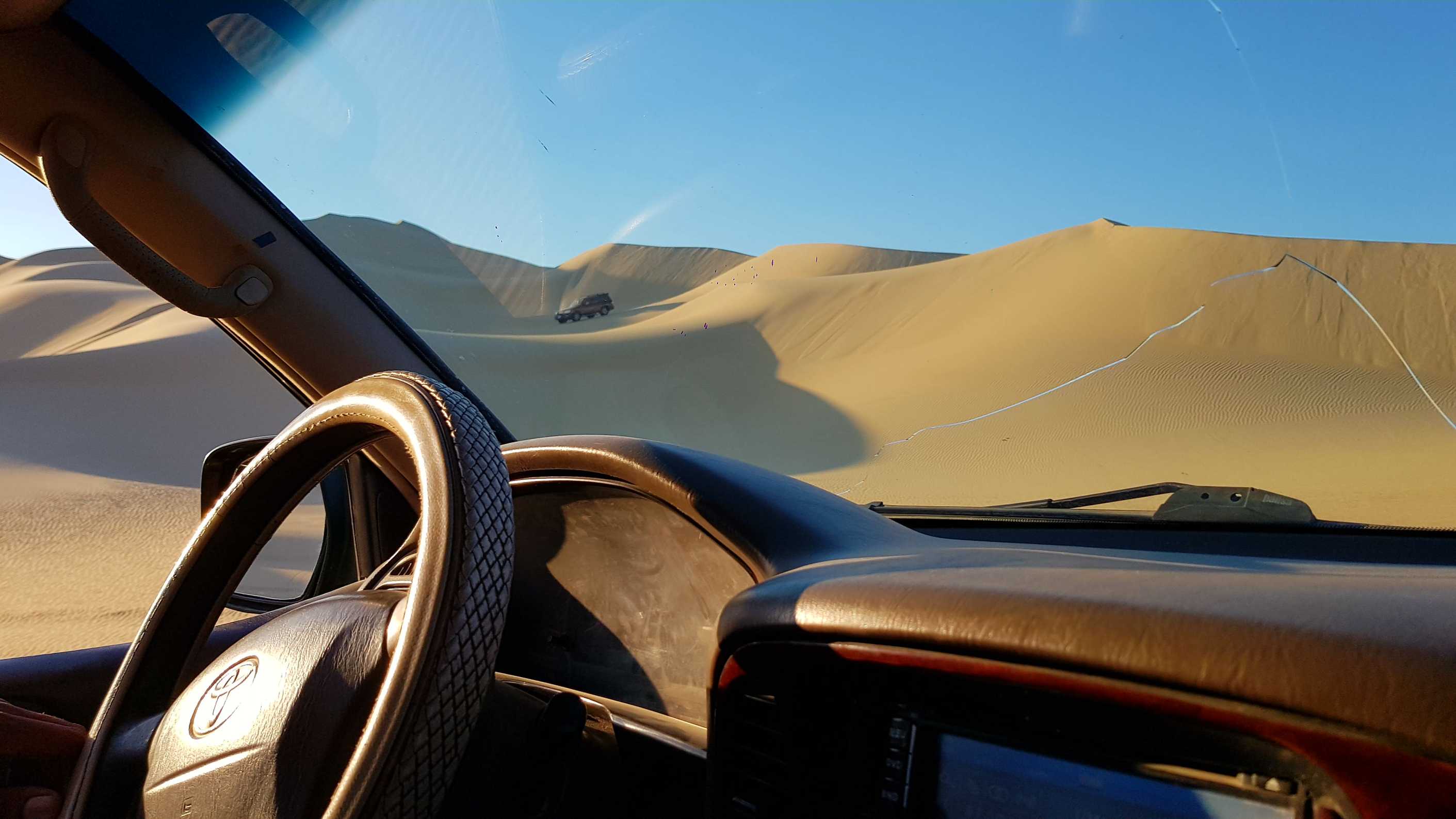 Driving through the sand dunes
Driving through the sand dunes
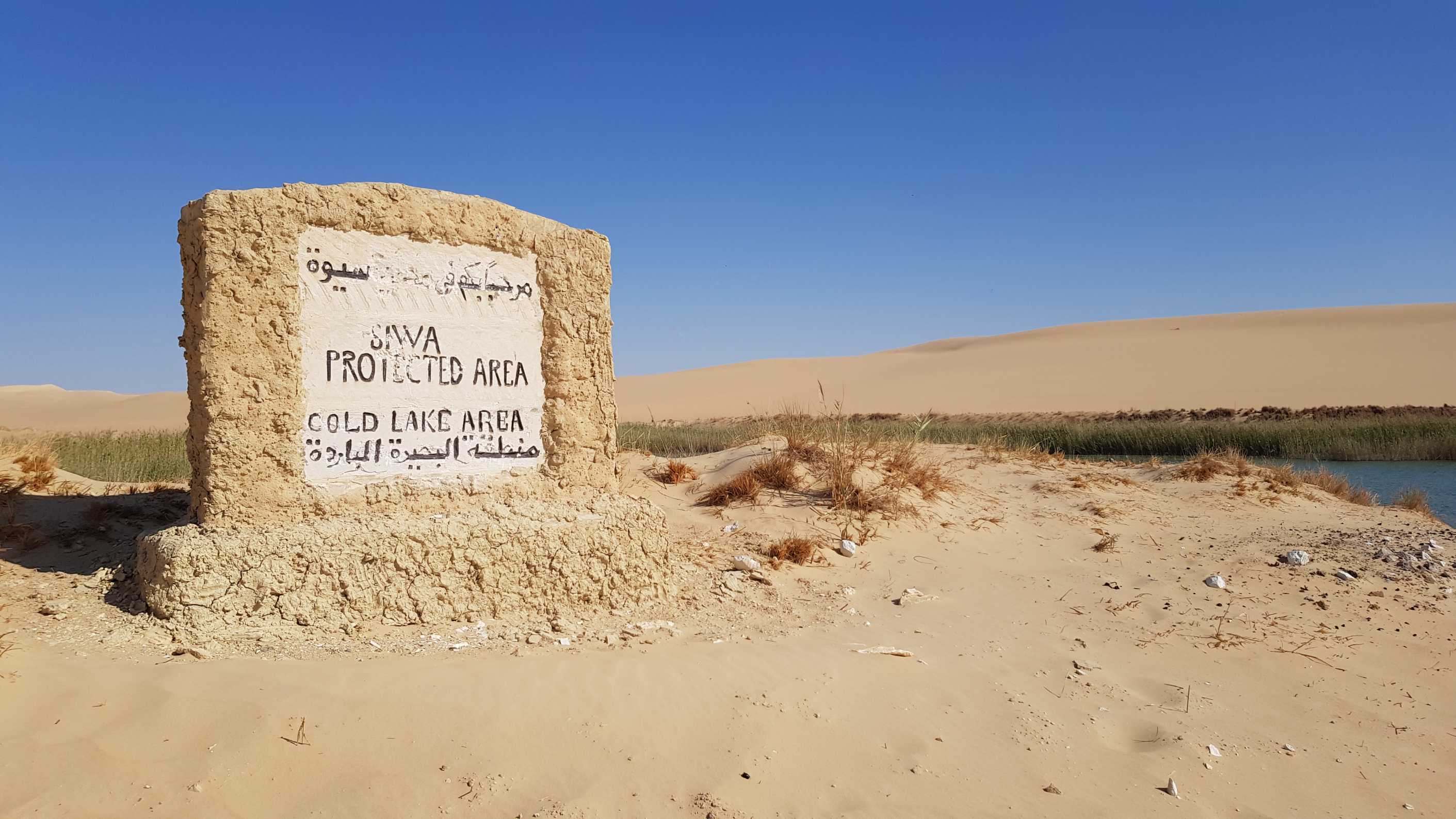 Cold Lake
Cold Lake
We spent several hours in the desert sand boarding, watching sunset and taking photos. Here’s a glimpse of me holding the Sri Lankan flag in the Sahara Desert, possibly making me the first person to hold the Sri Lankan flag in this desert.
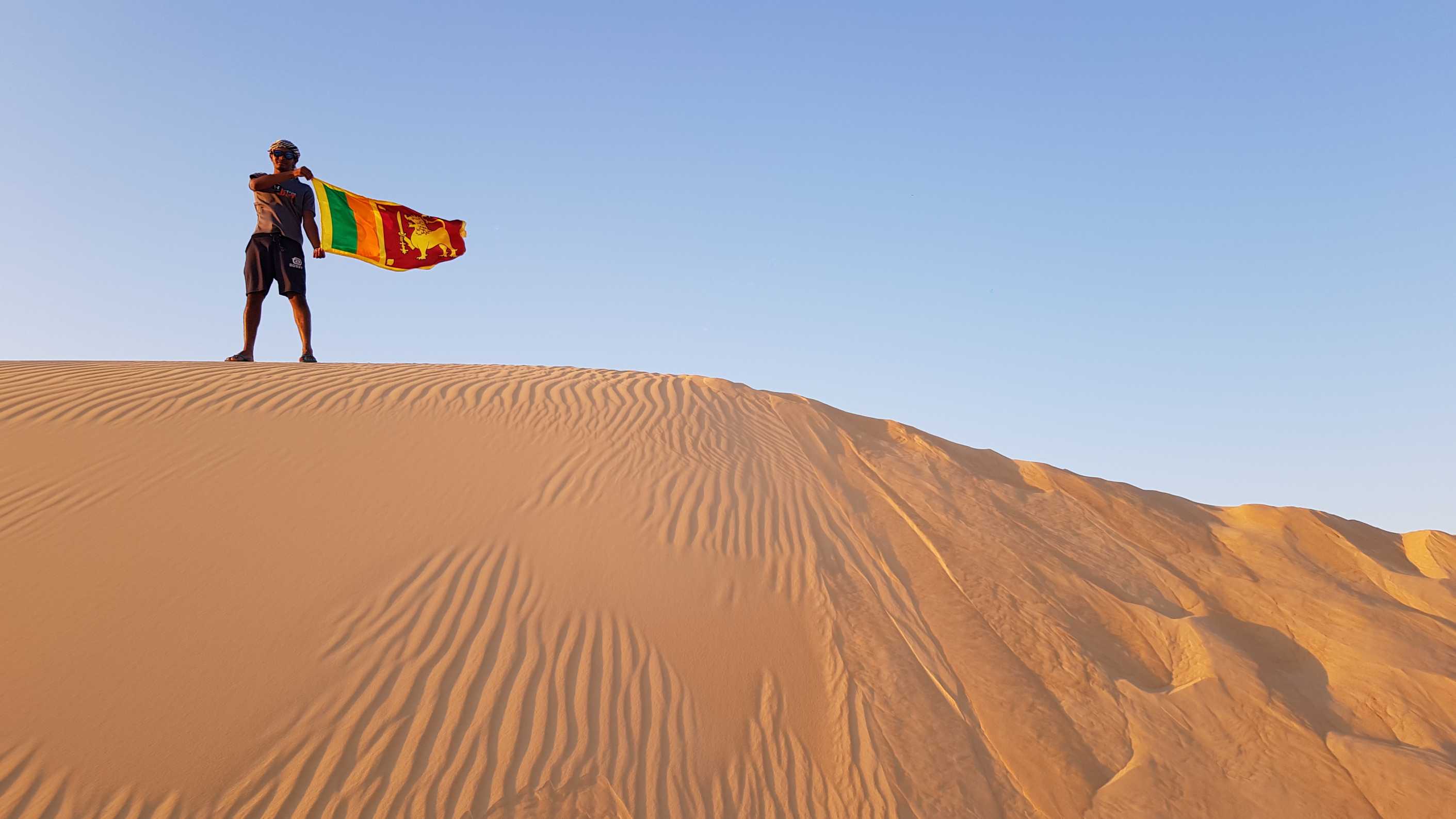 Me holding the Sri Lankan flag
Me holding the Sri Lankan flag
Finally, we settled ourselves in the desert camp, partied all night, drinking beers and singing beside a bonfire, and slept in the desert under open skies, watching the stars.
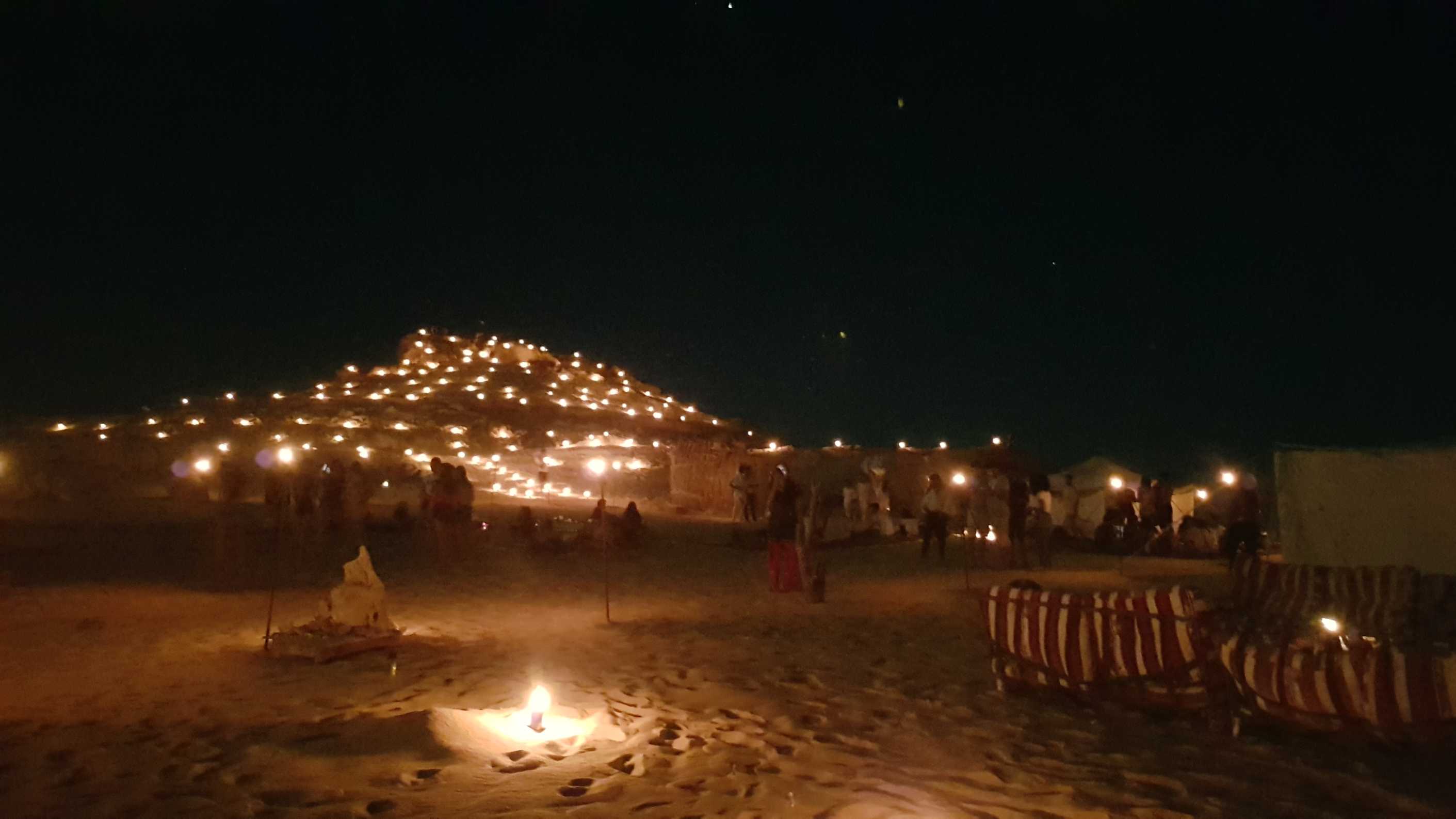 Desert camp
Desert camp